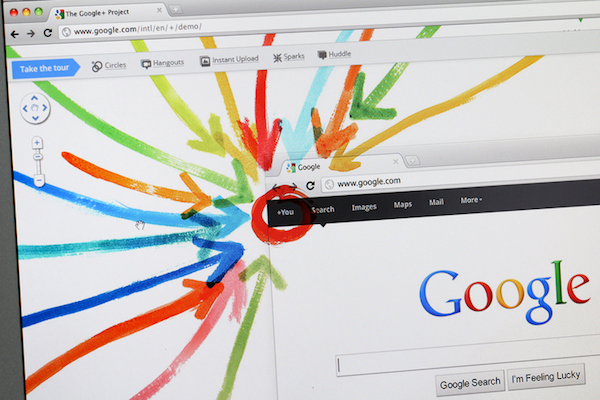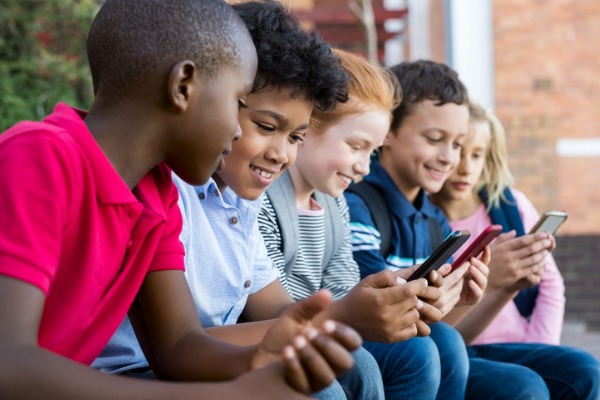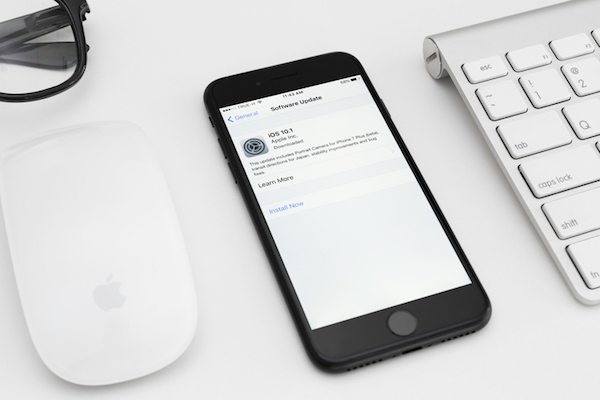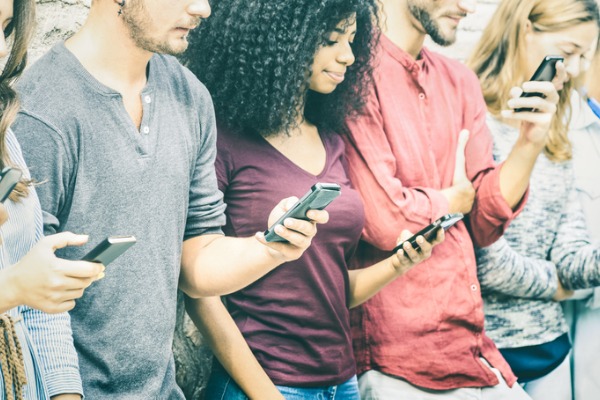
Google’s Digital Wellbeing
Digital Wellbeing from Google is an upgrade to a platform of applications designed to minimize smartphone distractions
No matter what your feelings toward privacy may be, maximizing the potential of technology is always a step in the right direction. If any given user is concerned about her/his health, Google’s Digital Wellbeing certainly offers several usable tools.
But there’s a catch. Google and Apple products aren’t necessarily compatible with one another. User access across both platforms isn’t impossible at all (especially from the Apple side), but it’s not ideal either. If you’re an Apple user, product integration of built-in features is seamless, which is why I believe Apple has a definitive advantage in this game. And Apple users can always download the best Google products (Chrome, Gmail, YouTube) from the App Store.
On the opposite end, Google locks Apple users out of several features, which can minimize ease of access for users. Now, I can go on all day long about how I have little use for Digital Wellbeing (being an Apple user), but I’ll just stick to the content of the article (for now).
– Digital Wellbeing –
Digital Wellbeing from Google is an upgrade to a platform of applications designed to minimize smartphone distractions. At first glance, it seems like a thoughtful step for a company like Google to take. Doesn’t Google want you to spend as much time behind a computer as possible? After a closer look, it’s more likely a subtle data grab.
To keep this article short and sweet, I’ll only describe features of Digital Wellbeing that maximize smartphone usage and minimize potential health hazards.
Gmail
If you haven’t already noticed, your Gmail account has recently undergone some changes. In Google’s effort to “streamline your inbox”, high priority communications are vying for precedence over EVERYTHING else that finds its way into your inbox. How good this actually works?!? TBD…
YouTube
For those of us who spend too much time watching videos, custom notifications and user reports for YouTube will become available along with several other upgrades which have already taken place.
Android
Basically the same activity reports that will be available in Screen Time for iOS 12 will be a feature of Digital Wellbeing for Android. These activity reports include overall smartphone usage, app usage and other notifications.
Parental Control Options
Through Google’s Family Link, Digital Wellbeing is “working with families to ensure kids can safely enjoy the best of tech, while forming balanced relationships with all things digital.” Features include: parental app approval from the Google Play Store, screen time limits, device bedtimes, remote lock and content recommendations.
For the Kids
Finally, one of the most useful aspects of Digital Wellbeing comes in providing kids the chance to “Be Internet Awesome.” This occurs through educational resources, games and opportunities for parents, teachers and children to work together to provide optimal digital outcomes.
– Live in Your OcularPrime –
One might be thinking: “How does eye health factor into all of this?” Well, the answer is simple. The more time we spend away from smartphone, the better chance our eyes have against digital eyestrain. Without question, adults can make decisions for themselves when it comes to smartphone usage. However, it’s the children that need help cultivating their own decision making capabilities. If nothing else, Google is definitely taking a step in the right direction by giving parents and kids educational resources in this matter.







